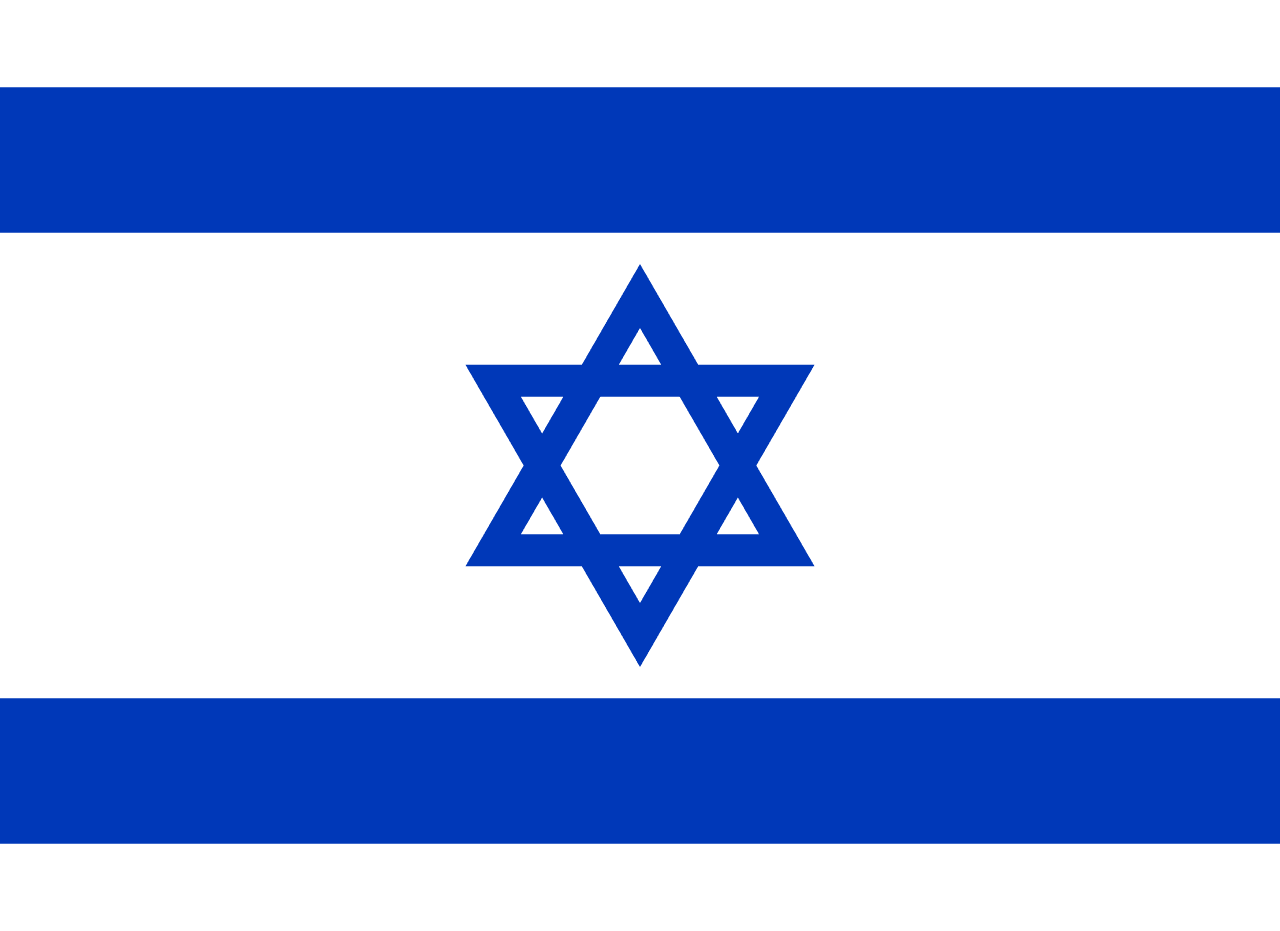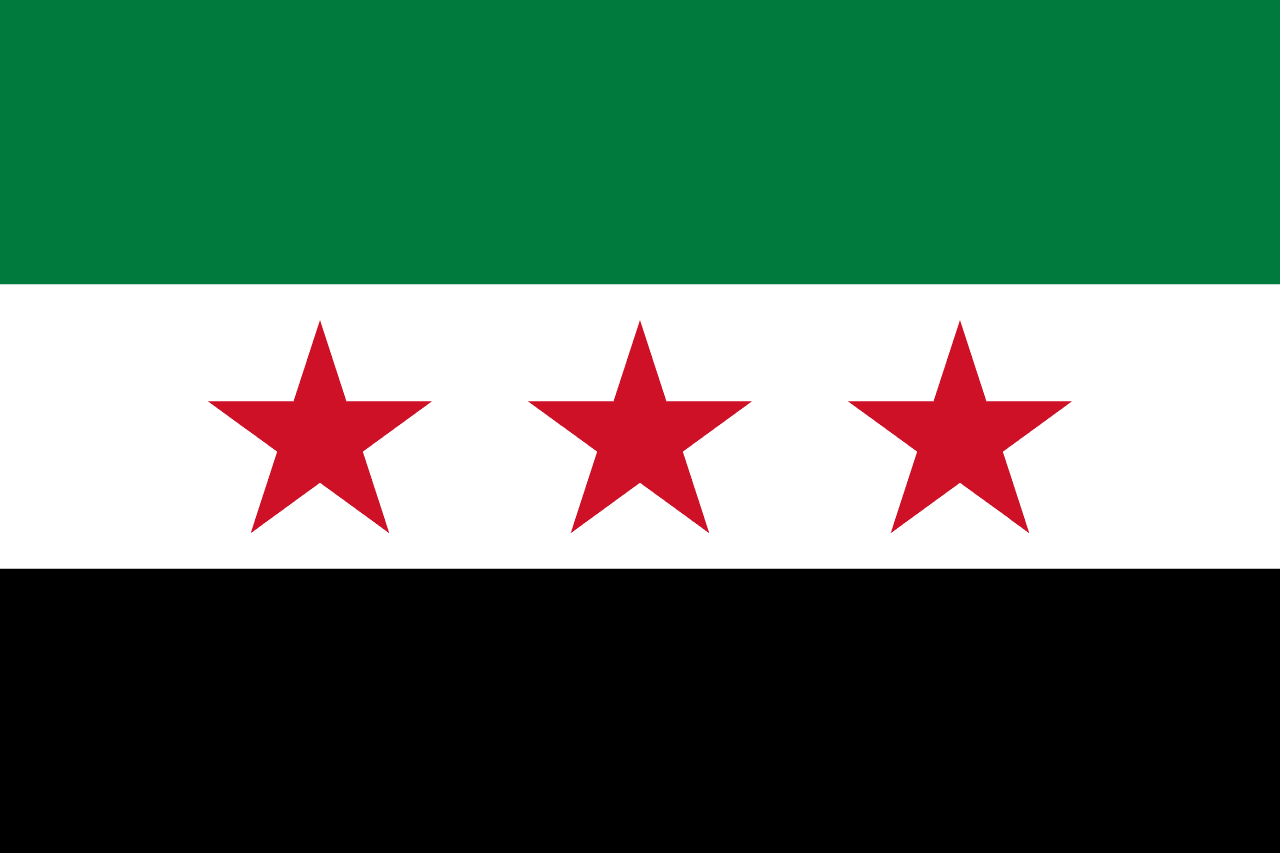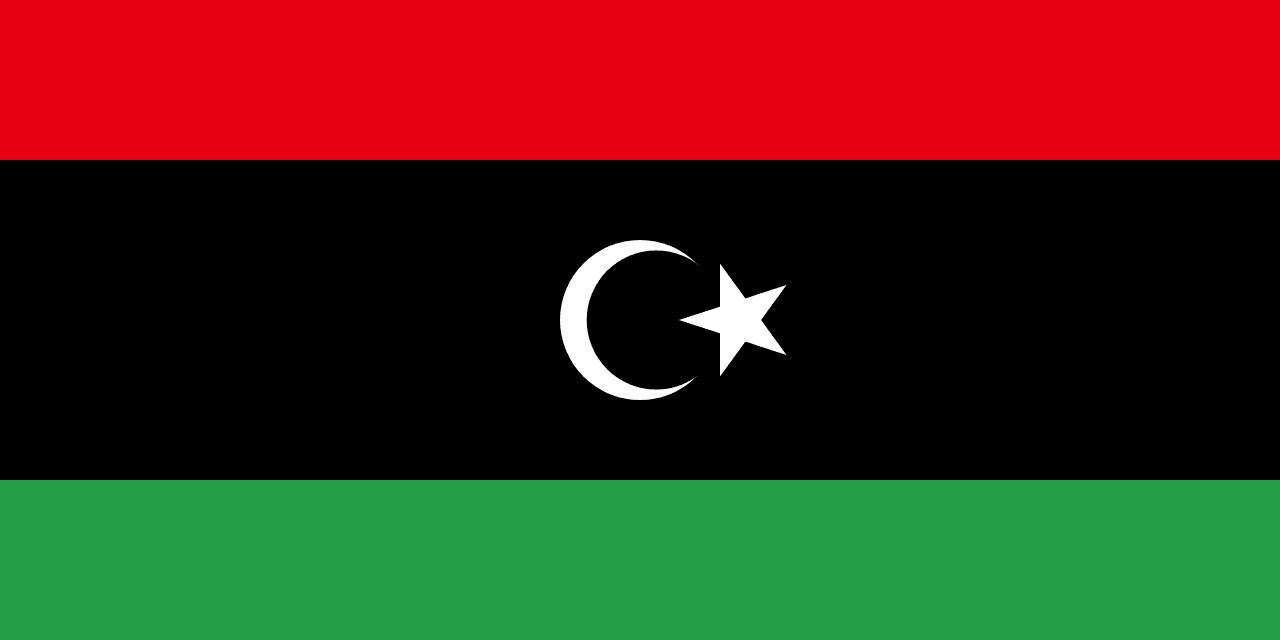Egypt Flag Meaning
Three horizontal stripes of red, white, and black with the golden Eagle of Saladin centered on the white stripe, representing the struggle for freedom, purity and bright future, the dark past of oppression, and the strength of the Arab Republic of Egypt.
- Continent
- Africa
- Adopted
- 1984
- Ratio
- 2:3
- Colors
- red, white, black, gold
- Designer
- Unknown

Symbolism
Red Stripe: Represents the period before the 1952 Revolution and the blood shed by Egyptian martyrs in their struggle against British colonial rule, symbolizing the sacrifice made for independence and the determination of the Egyptian people to achieve freedom.
White Stripe: Represents the bloodless nature of the 1952 Revolution that brought the Free Officers to power, symbolizing the bright future of Egypt and the purity of the revolutionary ideals that transformed the nation.
Black Stripe: Represents the dark period of oppression under the monarchy and British occupation that ended with the revolution, symbolizing the end of foreign domination and the beginning of true Egyptian independence.
Eagle of Saladin: The golden eagle represents strength, power, and the connection to the great Arab leader Saladin who unified the region, symbolizing Egypt's leadership role in the Arab world and its historical significance in Islamic civilization.
History
- Ancient Egypt: One of the world's earliest civilizations flourished along the Nile River for over 3,000 years, with pharaohs using various symbols including the uraeus (cobra) and ankh, establishing Egypt as a center of power and culture.
- 332 BCE - 641 CE: Greek Ptolemaic rule followed by Roman and Byzantine control brought Christianity to Egypt, with Coptic Christianity becoming a major force while ancient Egyptian traditions gradually gave way to Hellenistic and Christian influences.
- 641 - 1517: Arab conquest brought Islam and Arabic language, with Egypt becoming a center of Islamic learning under various dynasties including the Fatimids, Ayyubids, and Mamluks, who used different banners and symbols.
- 1517 - 1805: Ottoman rule incorporated Egypt into the Turkish empire, with Ottoman flags and symbols representing imperial authority while Egypt maintained some autonomy under local governors and Mamluk beys.
- 1805 - 1952: Muhammad Ali Pasha established a semi-independent dynasty, modernizing Egypt and expanding its influence, followed by British occupation in 1882 and the establishment of the Kingdom of Egypt in 1922 with its own royal symbols.
- July 23, 1952: The Free Officers Revolution led by Gamal Abdel Nasser overthrew King Farouk, establishing the Republic of Egypt and adopting the Arab Liberation Flag with red, white, and black horizontal stripes.
- 1958 - 1971: Egypt joined Syria to form the United Arab Republic, using a modified flag with two green stars, representing the attempt at Arab unity under Nasser's Pan-Arab leadership.
- 1972 - 1984: Egypt adopted a flag with the Hawk of Quraish (Federation of Arab Republics period), representing attempts at broader Arab federation with Syria and Libya under different political arrangements.
- October 4, 1984: Egypt adopted the current flag with the Eagle of Saladin, representing the independent Arab Republic of Egypt and its role as a leader in the Arab world while maintaining its distinct Egyptian identity.
- 1984 - Present: The flag has represented Egypt through peace with Israel, economic liberalization, the 2011 revolution that ended Hosni Mubarak's rule, and ongoing political and economic challenges in the modern era.
Trivia
- Egypt is home to the ancient pyramids of Giza, including the Great Pyramid, the last surviving wonder of the ancient world and a symbol of human achievement.
- The Nile River, the world's longest river, flows through Egypt and has been the source of life for Egyptian civilization for over 5,000 years.
- Cairo is the largest city in the Arab world and Africa, with over 20 million people in the greater metropolitan area, making it one of the world's largest urban centers.
- The flag represents the birthplace of one of the world's oldest writing systems (hieroglyphics) and the home of the famous Rosetta Stone that unlocked ancient Egyptian language.
- Egypt is home to about 10% of the world's Christians who belong to the Coptic Orthodox Church, representing one of the oldest Christian communities in the world.
- The Suez Canal, completed in 1869, connects the Mediterranean and Red Seas and remains one of the world's most important waterways for international trade.
- Egypt has more than 100 pyramids scattered across the country, not just the famous ones at Giza, representing the burial places of pharaohs and nobles over many dynasties.
- The flag flies over a country that is home to Al-Azhar University, one of the oldest universities in the world and a leading center of Islamic learning for over 1,000 years.
- Ancient Egyptian civilization lasted for over 3,000 years, longer than any other known civilization, with pharaohs ruling from around 3100 BCE to 30 BCE.
- Egypt's film industry, centered in Cairo, was once known as the 'Hollywood of the Middle East' and dominated Arabic cinema for decades.
- The flag represents a country where agriculture along the Nile supports most of the population, with the fertile Nile Delta being one of the world's most productive agricultural regions.
- Egypt is home to the Library of Alexandria, which in ancient times was the largest library in the world and a center of learning that attracted scholars from across the Mediterranean.
- The Valley of the Kings contains the tombs of many pharaohs, including Tutankhamun, whose nearly intact tomb provided unprecedented insights into ancient Egyptian burial practices.
- Egypt's population is heavily concentrated along the Nile River and Delta, with about 95% of the country being desert, making the Nile valley one of the most densely populated regions in the world.
- The flag represents a country that has been a crossroads between Africa, Asia, and Europe throughout history, making it a cultural bridge between different civilizations and continents.
Related Countries

Israel
Asia
A white field with two horizontal blue stripes near the top and bottom edges and a blue Star of David (Magen David) in the center, based on the design of the traditional Jewish prayer shawl (tallit) and representing Jewish heritage and the modern State of Israel.

Jordan
Asia
Three horizontal stripes of black, white, and green with a red triangle on the hoist side containing a seven-pointed white star, representing the Arab Revolt heritage and the Hashemite Kingdom's role as guardian of Islamic holy sites.

Lebanon
Asia
Two horizontal red stripes separated by a white stripe twice their width, with a green cedar tree centered on the white stripe, representing the strength, purity, and eternal heritage of the 'Land of the Cedars.'

Cyprus
Europe
A white field with a copper-colored silhouette of the island of Cyprus and two green olive branches below, representing peace, the island's geographic identity, and its ancient association with copper mining and olive cultivation.

Syria
Asia
Three horizontal stripes of red, white, and black with two green five-pointed stars on the white stripe, representing the Pan-Arab colors of liberation struggles, the Hashemite flag heritage, and the Ba'ath Party's Arab socialist ideology that has governed Syria since 1963.

Libya
Africa
Three horizontal stripes of red, black, and green with a white crescent and five-pointed star centered on the black stripe, representing Libya's return to its royal heritage after the 2011 revolution and the unity of its three historical regions.